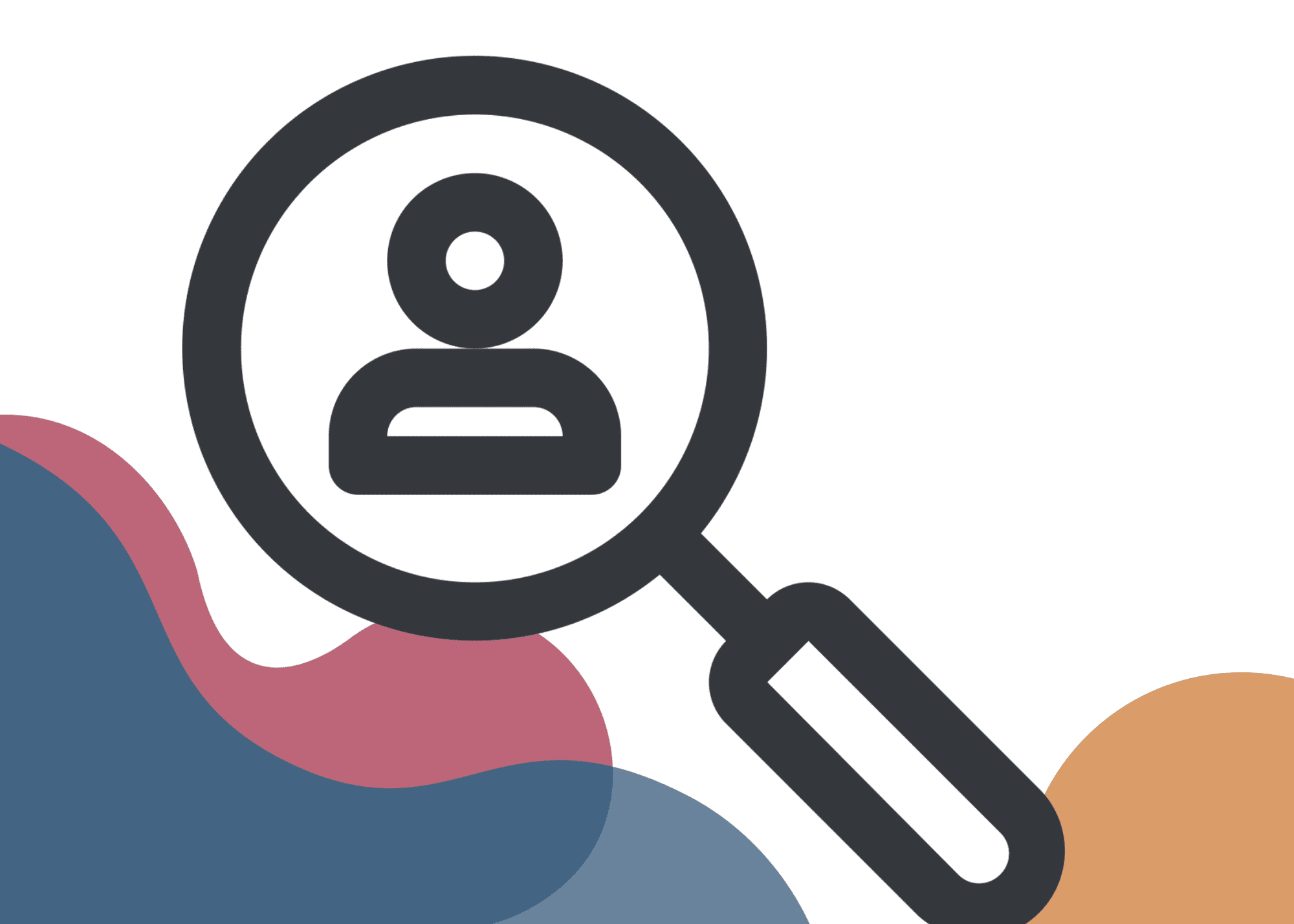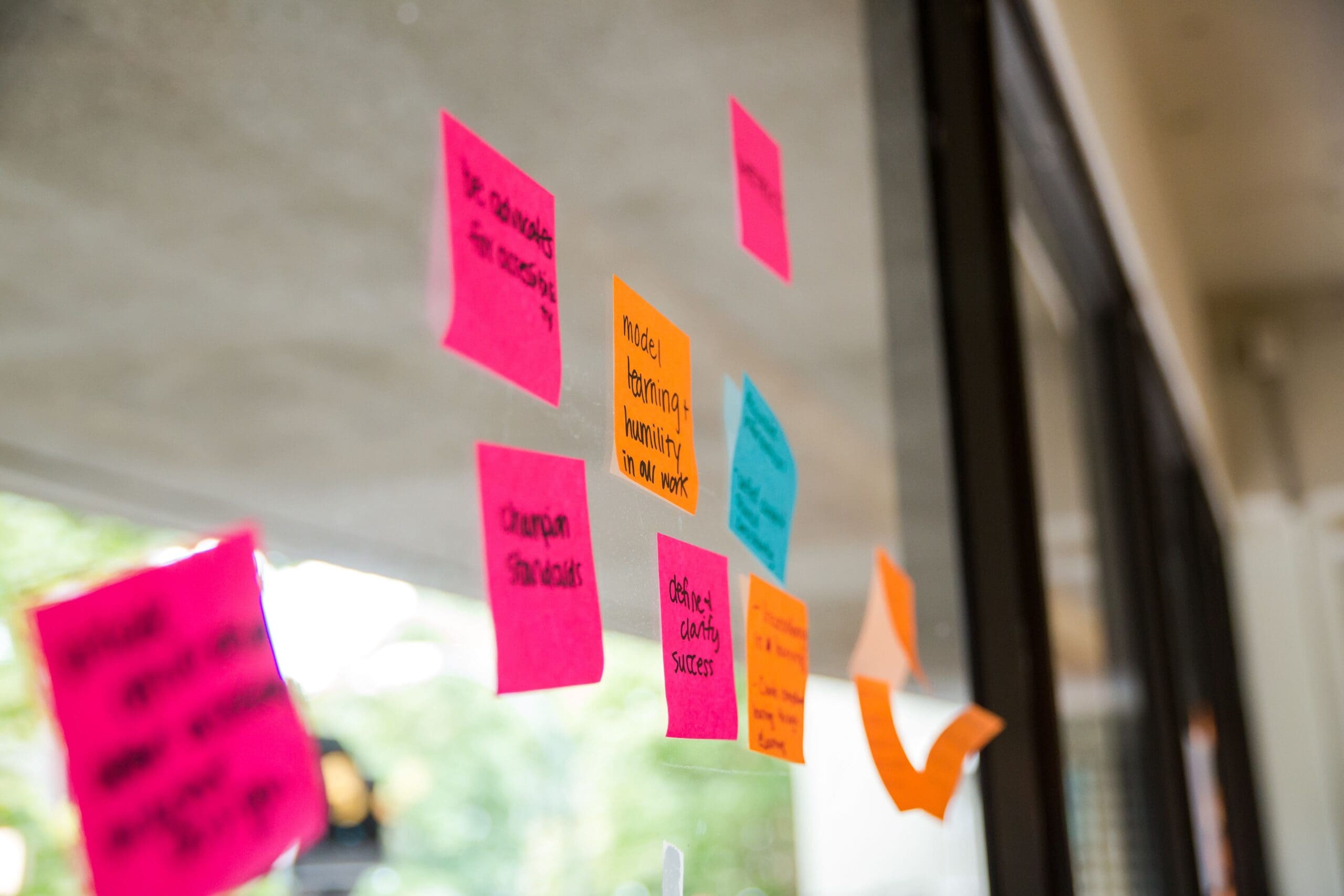Non-Profit Learning Supports
Get familiar with Instructional Design
How to navigate the many facets of curriculum development
The first step to a successful learning project is to lean on instructional designers. Whether you’re delivering synchronous or asynchronous programs, the right instructional designers are key to deliver learning and training with measurable impact.
Use these articles to choose the right instructional design consultancy for your project, from pricing and culture-fit to ROI and tips to save time. We hope these articles help you navigate your next curriculum design and development project more smoothly.
-

How to train and build resiliency in non-profit teams
If you missed our webinar Resiliency Training for Non-Profit Teams on November 16, 2021, we’ve got your back—the recording is now live.
-
Webinar Synopsis: Tour theinclusiveworkplace.ca Resource Hub with Us!
Learn how Leah Chang Learning supported a non-profit project to deliver a comprehensive, accessible eLearning (WCAG 2.0) and full web experience in just 6 months.
-

From crisis to resilience: 5 non-profit strategies
Crisis is at the forefront of our daily existence more than ever before. But when non-profit organizations reframe our views and understandings crisis, big and small, it’s possible to prepare…
-

6 key takeaways from our mental health strategies webinar for non-profits
The second episode in our learning and development for non-profits webinar series, “Mental Health Strategies for the Non-Profit Workplace,” was recorded live yesterday. We are ecstatic with the turnout and…
-

CASL for non-profits online course: Feedback from Praxis Spinal Cord Institute
“This course provides material for the leaders of charities and non-profits to immediately apply to their digital outreach strategy…”
-

5 analogies to lead successful non-profit teams
Episode 1 of our Learning and Development (L&D) Series
-

5 ways to help non-profit employees adopt new technology
How to Help Non-profit Employees Adopt and Use New TechnologyThe technology adoption process can be overwhelming for non-profit organizations. Where do you start? How can you implement new systems and…


